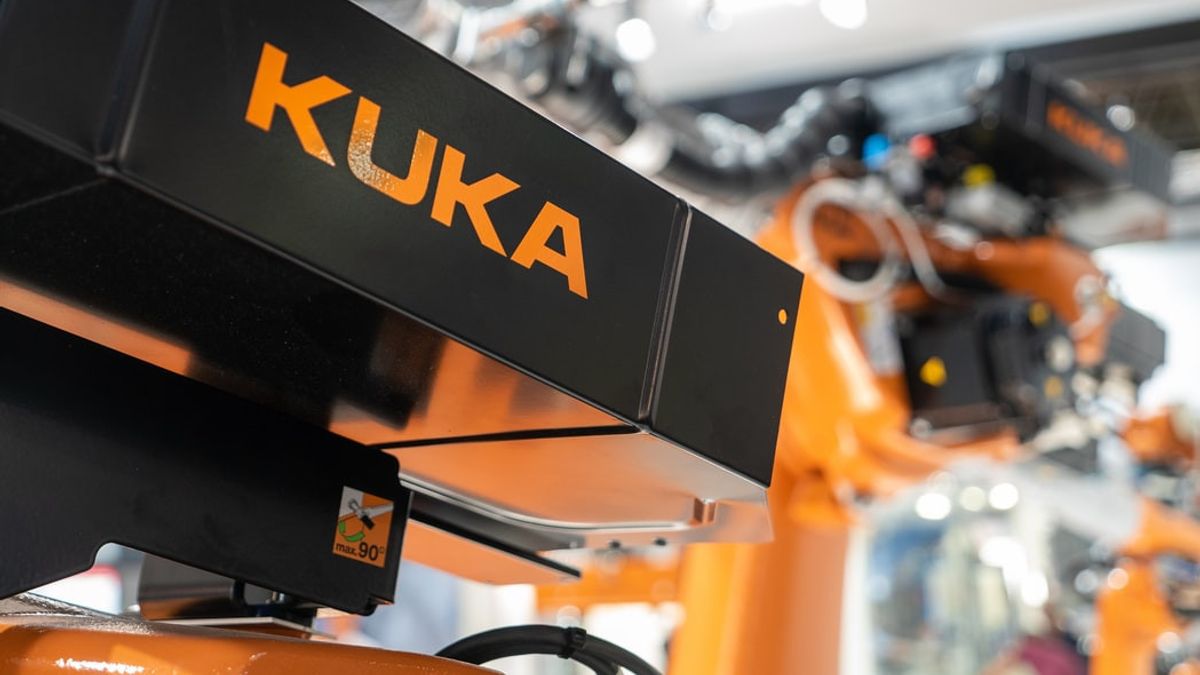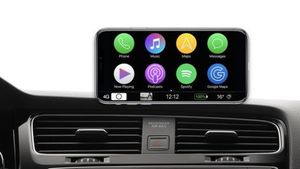JAKARTA - New robotics technology is one of the most significant drivers behind the start of the fourth industrial revolution, or Industry 4.0. Now, new computer technologies, such as industrial IoT devices and AI algorithms, are likely to have a bigger impact on the industry. It appears that this technology will also have a major influence on how commercial robots are used in heavy industry.
This is how Industry 4.0 technology is revolutionizing the robotics industry — and what changes robotics professionals expect over the next few years.
Real Time Operational Monitoring
With IIoT sensors, machine owners can track equipment operational performance in real-time via the internet. Modern industrial IoT sensors can track a wide range of parameters, including temperature, sound, vibration, pressure and lubrication. This information can help machine operators optimize machine performance or respond more effectively to potential failures.
If machine parameters fall outside of a predefined safe operating range, the IoT monitoring system can also automatically alert site technicians, enabling them to act quickly to prevent machine breakdowns or failures.
IoT sensors that support intelligent operational monitoring technology are tailor-made for industrial environments and are typically designed to integrate with existing industrial systems, such as computerized maintenance management systems.
Predictive Maintenance
Sufficient data from operational monitoring, AI can also be used to predict when the machine will fail.
Predictive maintenance is a new maintenance strategy that builds on more conventional prevention approaches. With this technique, the machine operator trains AI algorithms on historical performance data from the machine, establishing a performance baseline and safe operating range.
Collaboration Robot (Cobot)
Collaborative robots (cobots) use safety features, such as force limits and padded joints, which allow them to work in close proximity to human workers. Often, modern cobots take advantage of AI algorithms that allow them to automate tedious tasks that previously required manpower — such as maintaining machines.
These cobots help free up human workers for less tedious and repetitive tasks, helping factories streamline workflows while reducing the risk of musculoskeletal injuries.
Machine Monitoring
Machine vision algorithms allow robots to interpret visual data. These algorithms, best known for propelling self-driving vehicles, could allow robots to break down visual information from cameras or similar devices into distinct objects or areas.
For example, a quality assurance process can use machine vision algorithms and cameras mounted on conveyor belts to automatically mark finished parts with visible defects. Robotic systems can then remove these defective items from the production line.
Autonomous Robotics
Some new factory robots also use machine vision to navigate without human supervision. Autonomous mobile robots (AMR), for example, can use machine vision to break down visual information from the factory floor into categories such as obstacles, workers, and navigable spaces. With this information, the robot can pilot itself around the site and perform tasks such as selecting items and components, often with little or no human intervention.
Like cobots, these robots can help streamline a variety of industrial tasks that were traditionally difficult to automate. With the right combination of robots and AI algorithms, factory owners can free up dedicated workers to pick up and pack a workforce that requires more creativity and less rote work.
Industry 4.0 Technology Can Change Robotics Industry
The rise of industrial IoT and artificial intelligence is likely to have a major impact on robotics. Industry 4.0 technology enables new maintenance strategies, more autonomous robots, and new collaborative robotics technologies.
Over the next few years, industrial robots and Industry 4.0 technologies can help transform factories — streamlining machine oversight and automating tasks that previously had to be handled by human workers.
The English, Chinese, Japanese, Arabic, and French versions are automatically generated by the AI. So there may still be inaccuracies in translating, please always see Indonesian as our main language. (system supported by DigitalSiber.id)













